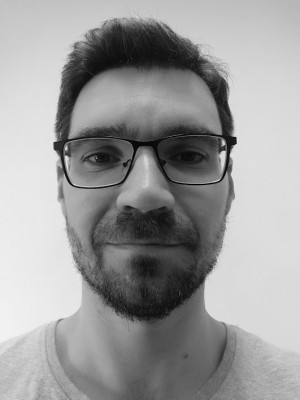abstract
The application of chiral interlocked host molecules for discrimination of guest enantiomers has been largely overlooked which is surprising given their unique three-dimensional binding cavities capable of guest encapsulation. Herein, we combined the stringent linear geometric interaction constraints of halogen bonding (XB), the noncovalent interaction between an electrophilic halogen atom and a Lewis base, with highly preorganized and conformation ally restricted chiral cavities of [2]rotaxanes to achieve enantioselective anion recognition. Representing the first detailed investigation of the use of chiral X.B rotaxanes for this purpose, extensive H-1 NMR binding studies and molecular dynamics (MD) simulation experiments revealed that the chiral rotaxane cavity significantly enhances enantiodiscrimination compared to the non-interlocked free axle and macrocycle components. Furthermore, by examining the enantioselectivities of a family of structurally similar XB [2]rotaxanes containing different combinations of chiral and achiral inacrocycle and axle components, the dominant influence of the chiral macrocycle in our rotaxane design for determining the effectiveness of chiral discrimination is demonstrated. MD simulations reveal the crucial geometric roles played by the XB interactions in orientating the bound enantiomeric anion guests for chiral selectivity) as well as the critical importance of the anions' hydration shells in governing binding affinity and enantiodiscrimination.
keywords
MOLECULAR-DYNAMICS SIMULATIONS; ACTIVE-TEMPLATE SYNTHESIS; ION-PAIR RECOGNITION; MACROCYCLIC RECEPTORS; ASYMMETRIC CATALYSIS; ENANTIOMERIC EXCESS; STRUCTURAL BASIS; METAL CATALYSIS; CEPACIA LIPASE; ROTAXANE
subject category
Chemistry
authors
Lim, JYC; Marques, I; Felix, V; Beer, PD
our authors
Projects
acknowledgements
J.Y.C.L. thanks the Agency for Science, Technology and Research (A*STAR), Singapore, for postgraduate funding. The theoretical studies were supported by project P2020-PTDC/QEQ-SUP/4283/2014 as well as by CICECO Aveiro Institute of Materials (UID/CTM/50011/2013) and iBiMED-Institute of Biomedicine (UID/BIM/04501/2013), financed by National Funds through the FCT/MEC and, when applicable, cofinanced by FEDER through COMPETE, under the PT2020 Partnership Agreement. I.M. thanks the FCT for the Ph.D. scholarship SFRH/BD/87520/2012.



